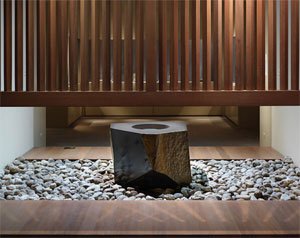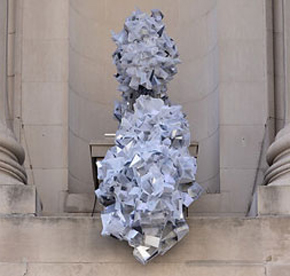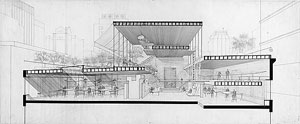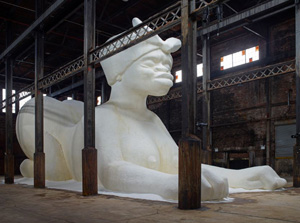4.21.25 — Fly Me to the Moon
Have you missed the lavish retrospective of Caspar David Friedrich at the Met, through May 11? Me, too, until just days ago. If you follow my peregrinations regularly, you know that I have been laid up with ankle surgery since before it opened. I can only hope that I still have time to see a selection of the drawings that made his reputation and the paintings that make him a popular favorite.
I have, however, reviewed him more than once at length in the past. Nearly twenty-five years ago, the Met focused in on just two paintings, including Moonwatchers. I placed them in context of the very meaning of Romanticism, as seen in Romanticism and Its Discontents, by Anita Brookner, the novelist and art historian. And he was a man of his time. A decade later, the museum had an extensive survey of German Romanticism in works on paper, as seen through an open window—or, in the spirit of reflection, the subject of an open window. Allow me then two posts excerpting past reviews, with an invitation to follow the links to more.
Two men gaze through a wood at the moon. They may have turned to the forest for a connection to the night or for the sounds, smell, and light of nature buried in the sweat and toil of day. They could have sought each other’s intimacy, in the quiet of the night—apart from conversation that hardly knew when to stop. They have no weapons, but they could have sought adventure, swaggering in their broad hats and capes, confident in their powers to bring down their prey.
It hardly matters. Earthly quarry come way too easily. These men are in fact students—of the physical universe and the soul, the painter himself and a friend. They have stopped in their tracks, because they seek something farther and less attainable.
Instead of a fox, an idea, or the earth, they have gained clearing, and the moon stops them dead. The painter, Caspar David Friedrich, exaggerates a rise in the wood and distance to the sky with a low vantage point. He heightens the ghostly light with a color and shadow almost out of forest scenes in Bambi, if not out of a German tradition going back to at least the Northern Renaissance and Matthias Grünewald. Like the men but more literally, Friedrich steps quite out of physical space. He puts their motives aside, turning their backs to the picture plane. Now only the painter’s feelings count.
The painting appears in a haunting, well-chosen concentration. To help celebrate a new acquisition, the Met assembles two paintings by the German Romantic, several drawings, and a handful of other work showing his influence. The Frick Collection has shown repeatedly how much more a small show can bring home than many an overblown retrospective, and the Met’s restraint makes a familiar but elusive image fresh and intelligible. It may still run to hard-edged emotional overkill, but it is impossible to forget. If any painting could represent longing for the unattainable, this must be it.
Perhaps it makes sense that Friedrich often looks quaint or cartoonish these days, for all his broad appeal. The Hudson River School artist he most influenced, George Inness, can similarly look visionary or simply escapist. Friedrich did understand aspiration and failure. He knew personally Johann Wolfgang von Goethe, who retold the Faust legend. Like Michi Meko today, he felt at home in the dark woods and a stranger in the urban wilderness. Life after Romanticism has had to battle the same issues of public identity and personal perception—with considerably less confidence in humanity and nature.
Read more, now in a feature-length article on this site.



